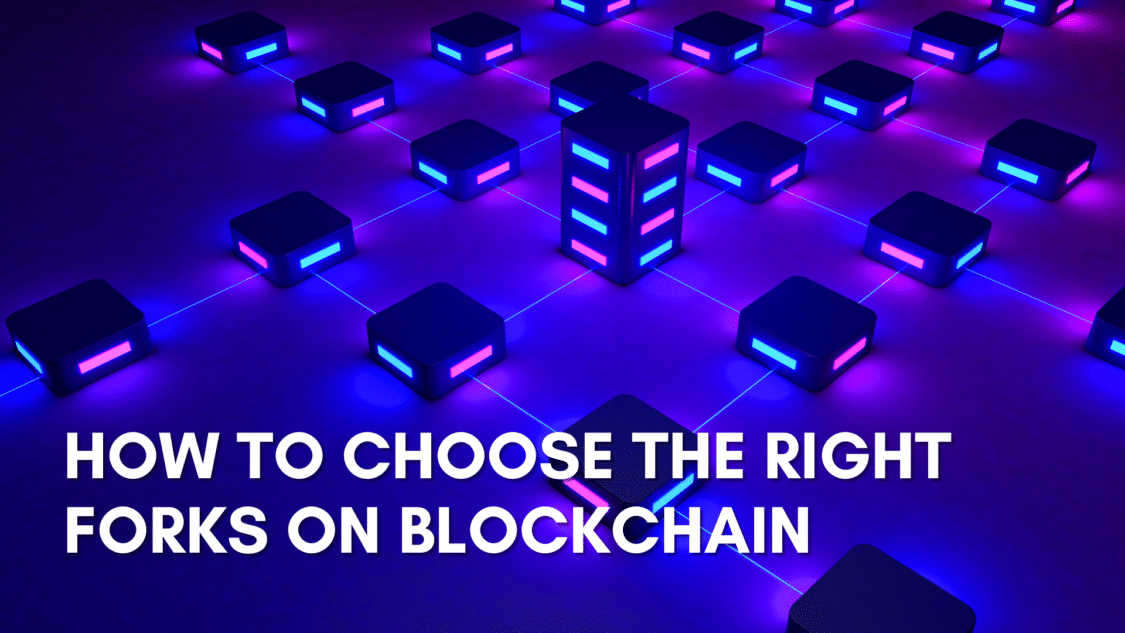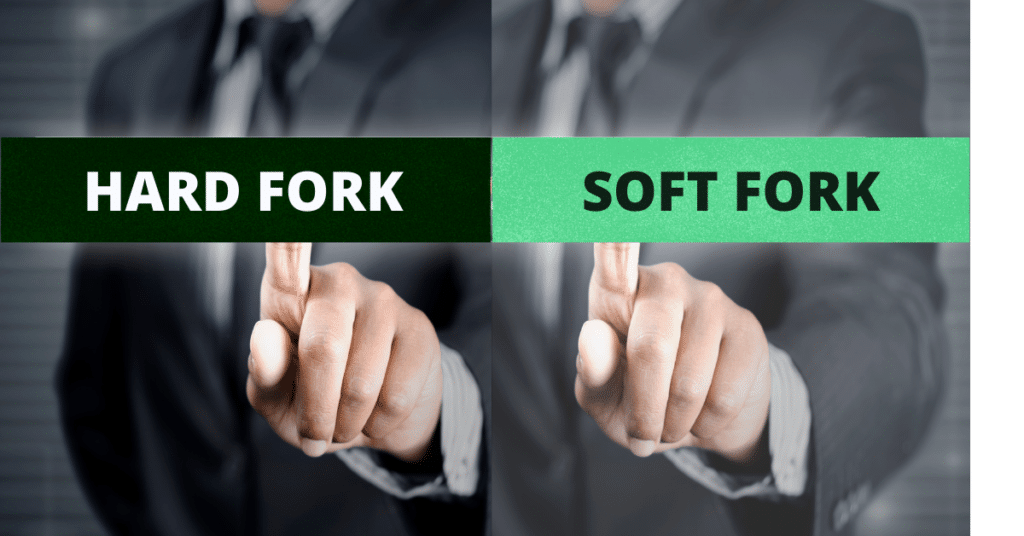We will be discussing the forks on a blockchain in today’s article. Let’s start by explaining what a blockchain is. A blockchain is essentially a set of data blocks. They are linked together by cryptographic keys that form a chain of blocks.

The chain eventually goes back to the very first block. We can picture a blockchain as a straight path made of several blocks linked together like a chain. Because the blocks are linked one to another any changes that need to be made to the system require a change for all the blocks. Therefore, making a change on a blockchain is now done in a different manner. Instead of having to edit each blockchain as a result of the change of a single blockchain we use something referred to as a fork.
What is a Fork?
A fork is a blockchain event where the original software is copied and then the specified update is added. The two blockchains however don’t have the ability to coexist therefore the new blockchain splits into two branches forming what we call a fork from the main blockchain.
What is a Hard Fork?
A hard fork refers to a software update that becomes incompatible with the older versions of the blockchain. Participants will have to upgrade to the new version and the blockchain will operate with a new set of rules rejecting the blocks from the old blockchain. This is “backward-incompatible”.
What is a Soft Fork?
A soft fork is quite the opposite of a hard fork, hence their names. As we know the hard fork is “backward-incompatible” whereas the soft work is “forward compatible.” A soft fork accepts both the new rules and the rules of the previous blockchain. Unlike the hard fork, the soft fork maintains two lanes, each with its own set of rules, and recognizes the previous blockchain’s regulations.

Hard vs. Soft :
Crypto communities have disagreed over the years on which type of forks are best, each one has its weaknesses and strengths. Soft is the more lenient option of the two but, have their own risks. For example, it can be used by bad actors to trick the system into validating blocks that essentially violate the rules of the blockchain. Hard on the other hand come with their own challenges. In this way, communities are split because there is no middle ground. People have argued that this can be dangerous for it splits the power of the network and therefore reduces the security and efficiency of the system.

@image copyrights CoinCulture.
Regardless of the type, there needs to be a lot done to ensure a smooth transition of updates. Hard forks limit certain risks in the system as well as mining invalid blocks. They ensure the blockchain runs smoothly and efficiently without fraud. However, they do take up a lot of resources and are considered detrimental to the future of crypto. Soft forks on the other hand offer a faster solution to software upgrades without the use of excessive resources. This type of fork implement updates without the splitting of a community.
For more news updates, visit our homepage now and see our latest news article. Want to learn more about trading? Visit our education page now and learn for FREE!

